This is the first of 10 eco-walks originated in Sawbridgeworth Parish designed to illustrate biodiversity throughout the year. Below is shown the plan of the route which is just under 5 miles. All walks start and end at the Fair Green.
The Sawbridgeworth Brook is running well after heavy rain but is bringing a lot of sediment, almost certainly from the development in West Road.
Not surprisingly, here is a photograph of a Muntjac in the Rivers Orchard scrub. These are very much taken for granted but it is remarkable that this small deer has successfully established itself in suburbia.
The first of the toadstools and fungi are beginning to show and here are some examples from the grassland at the Orchard.
There are also the first of the autumn colours on the Beech Hedge and Oak trees.
Lots of fruits in the Rivers Orchard area in addition to apples. These are firstly Guelder Rose and then Spindle.
This is Golden Rod, only one plant here at present but it is becoming and invasive species.
Over the Road now and you have to walk down through High Wych to get to the footpath over the fields towards Redricks Lane. Take great care as there is no proper footpath and you must walk on a narrow grass verge.
The farmer has sown what looks like a conservation mix in amongst which there is still Chicory on bloom.
These are Common Buckthorn berries in the hedge down towards the Water Works.
The recent rain has caused the River to run very high and firstly there is the spillway at River Court and secondly the two spillways which you have to cross over.
There is a lot of sediment coming into the River almost certainly from the new M11 link works at Sheering. The sediment is coming down the Pincey Brook.
The recent heavy rain has washed up a lot of green algae and weeds from the bed of the river. I think that the pondweed is a variety of Elodea- the Canadian pond weed. Its distinguishing feature is a pale midrib which you can see in the picture. You can also see bubbles of oxygen which is why it is used as an oxygenating weed in ponds and aquariums.
In amongst the Elodea is a very coarse type of blanket weed which often covers the bed of the river. The filaments are very large 210 micrometres in diameter and they have a lot of other microorganisms attached to them which are exploiting the oxygen that they produce. I am not certain but I think this might be a type of Vaucheria.
And finally, here is the curious case of an ant hill which is steadily being built up on the side of this riverside post. I believe that they do this to hide their eggs and pupae which need the sun's warmth to develop but still be safely hidden.








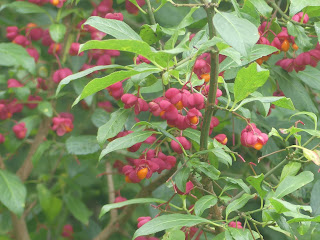




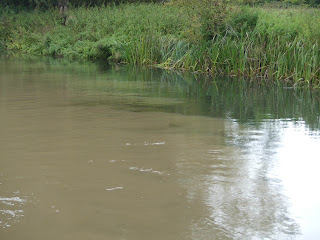






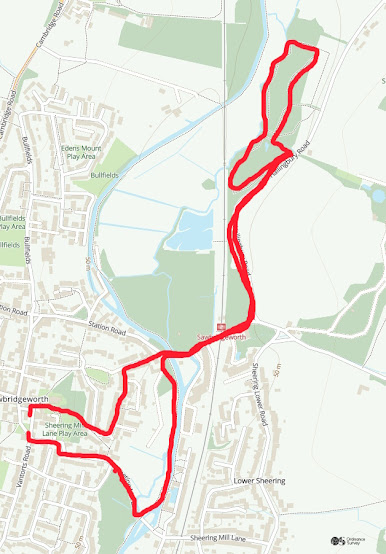
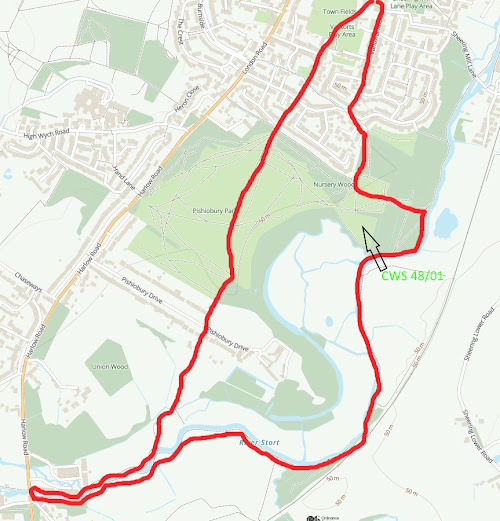
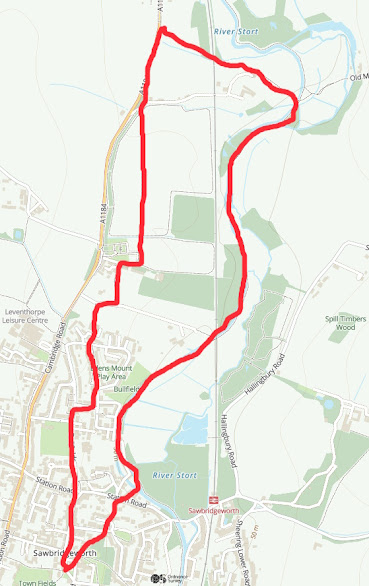
Comments
Post a Comment